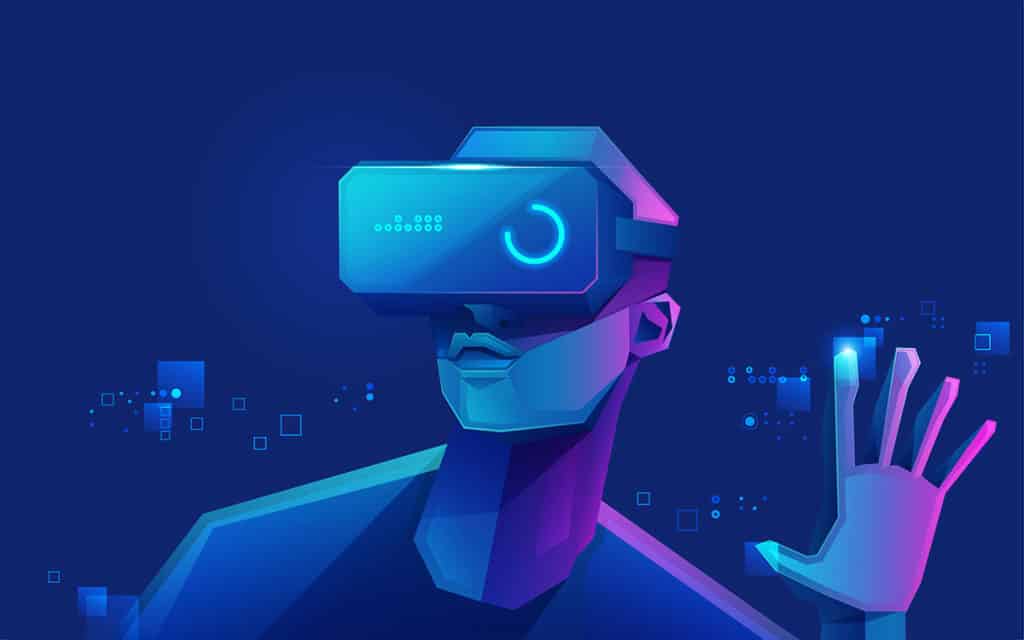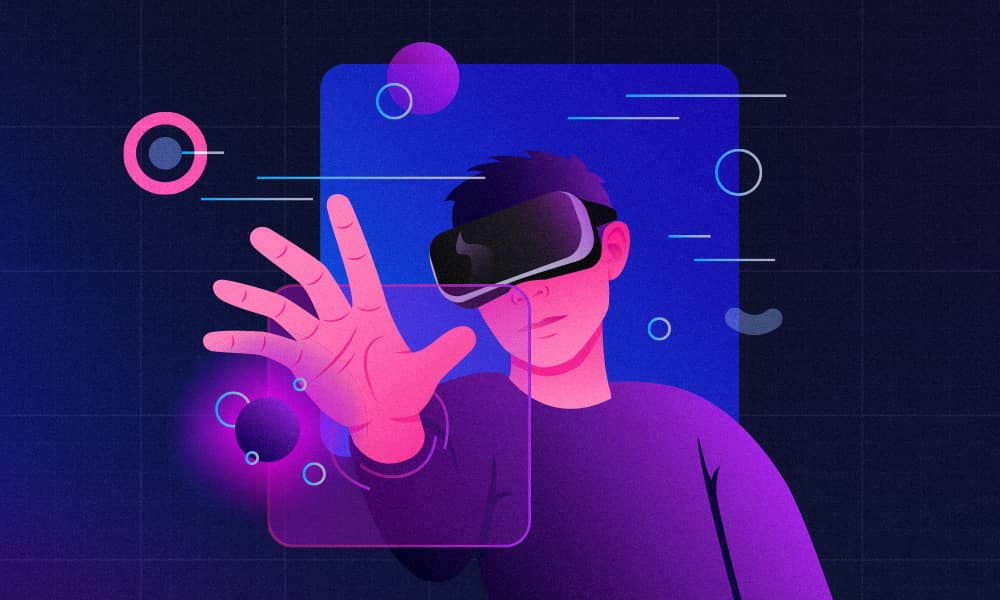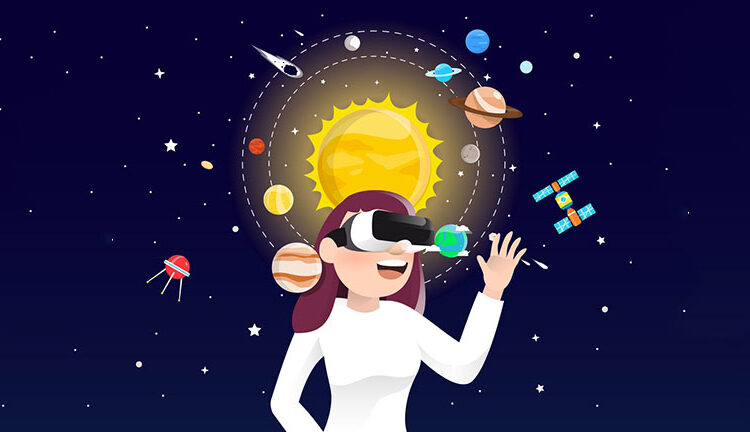The Future of Animated Videos in Virtual Reality: Exploring Boundless Creativity and Immersive Experiences
The world of animated videos is no longer confined to two-dimensional screens; it has transcended into a realm of immersive experiences with the advent of Virtual Reality (VR) technology. As technology continues to evolve, the possibilities for animated content in VR seem limitless. In this blog, we will delve into the exciting future of animated videos in virtual reality and how this innovation is set to revolutionize storytelling and entertainment. Join us on a journey through the potential applications, challenges, and the promising future of animated VR content.

The Diverse Applications of Animated Videos in Virtual Reality
As VR technology rapidly advances, animated videos have emerged as a promising frontier in the realm of immersive content. VR allows users to experience animated worlds in an unprecedented way, engaging multiple senses and transporting them into captivating virtual environments. This level of immersion paves the way for revolutionary storytelling techniques and opens up new possibilities for creators to showcase their talent.
2.1. Gaming: The gaming industry has been at the forefront of VR adoption, and animated videos have played a pivotal role in creating enchanting gaming experiences. Players can become characters within the animated world, interacting with the environment and other virtual entities, blurring the lines between reality and fiction.
2.2. Education and Training: Animated videos in VR offer an unparalleled educational experience, allowing students to explore historical events, scientific concepts, or even microscopic organisms in an immersive and interactive manner. Moreover, professionals can undergo realistic simulations and training sessions in various industries, including healthcare, aviation, and engineering.
2.3. Marketing and Advertising: Marketers are increasingly turning to animated videos in VR to captivate their audiences. With the ability to create immersive branded experiences, companies can leave a lasting impression on consumers, leading to increased brand awareness and customer engagement.
2.4. Virtual Tourism: Animated videos enable virtual tourism, granting people the opportunity to explore exotic locations and cultural landmarks from the comfort of their homes. This application has gained significance, especially during travel restrictions or for those seeking accessible travel experiences.

The Evolution of Animated Content Creation for VR
The creation of animated content for VR comes with its own set of challenges and requirements. Traditional animation techniques may not be sufficient to achieve the desired level of immersion and interaction in VR. As a result, animators and content creators have to adapt their approach to suit this emerging medium.
3.1. Real-Time Rendering: Unlike pre-rendered animations, VR demands real-time rendering capabilities to provide seamless experiences for users. This requires powerful hardware and optimized software solutions to ensure smooth visuals and minimal motion sickness.
3.2. Interactivity: Animators must incorporate interactive elements within the virtual environment to allow users to engage actively with the content. This necessitates a shift from linear storytelling to dynamic, user-driven narratives.
3.3. Spatial Audio: In VR, audio plays a crucial role in enhancing the immersive experience. Spatial audio technology ensures that sounds come from the correct direction, matching the user’s visual perspective, thus deepening their sense of presence in the virtual world.

The Impact of Animated Videos in Virtual Reality on Storytelling
VR animated videos have the potential to redefine storytelling conventions. With users being active participants rather than passive observers, creators can design narratives that respond to user choices, fostering a sense of agency and emotional investment. This shift in storytelling dynamics leads to unique and personalized experiences for each user.
The Future of Animated Videos in Virtual Reality
The future of animated videos in VR looks incredibly promising, as technology continues to advance and reach new heights. Here are some exciting possibilities:
5.1. Social VR Platforms: Virtual reality is likely to become more social, with users interacting and sharing experiences in animated worlds. This will lead to the emergence of social VR platforms, where people can collaborate, communicate, and socialize in virtual spaces.
5.2. AI-Driven Interactive Characters: AI technology will play a significant role in shaping animated VR experiences. AI-driven characters will be able to adapt their behavior based on user interactions, creating more lifelike and engaging encounters.
5.3. Haptic Feedback Integration: Haptic feedback technology will be integrated into VR experiences, allowing users to feel tactile sensations within the virtual environment. This will add another layer of realism and immersion to animated content.
Summary
The future of animated videos in virtual reality is nothing short of extraordinary. As technology continues to progress, animated VR content will transcend the boundaries of creativity, storytelling, and immersion. From gaming and education to marketing and tourism, the applications are vast, and the potential is limitless. As we embark on this captivating journey, let us embrace the wonders of animated videos in virtual reality and the uncharted territories it will unravel.



Write a Comment